Latest Art & Culture
“Women are free, able to take a stand, everywhere”
Published
9 years agoon
By
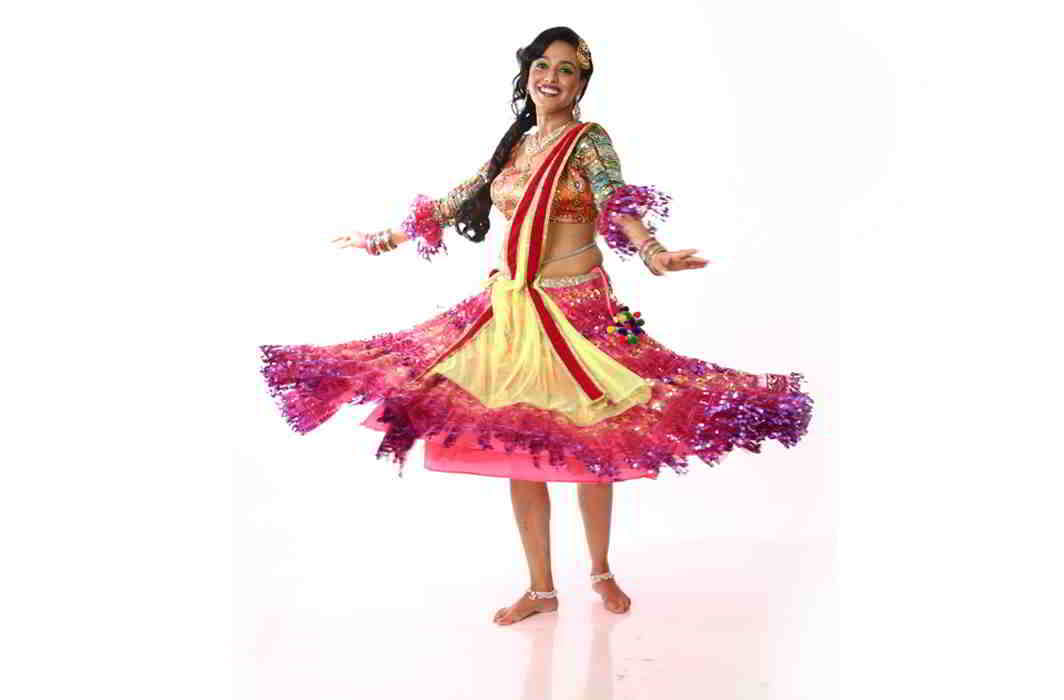
[vc_row][vc_column][vc_column_text]Anaarkali Of Aarah is a 2017 Indian film written and directed by debutant Avinash Das. The lead character is Anaarkali, an erotic folk dancer in Bihar, captivatingly played by Swara Bhaskar who, when confronted by misogyny, does not concede defeat but overcomes it. The film has a powerful storyline and the performances by Sanjay Mishra, Pankaj Tripathi and Ishtiaq Khan are gripping. Das shares with Shailaja Paramathma what went into its making
The story of Anaarkali of Aarah is spectacularly written. The main character’s social standing makes her very vulnerable when she is molested on stage by the vice-chancellor of a university and yet who she is inside is even stronger than a city girl with better education. How did you think of this character? Who is it modelled after? Is it inspired by someone in your life?
We believe that city girls are more aware and capable of taking a stand when confronted with problems. But so are the girls from small towns. What we need to pay attention to is that women are free, and able to take their own stand everywhere. Anaarkali does stage shows of her own free will and not because she is oppressed or under pressure. She has her own way of thinking. If you look at the women who do stage shows in Haryana or in Chhattisgarh, you will see that they are not downtrodden. If something untoward happens to them they fight back, swing abuses, and it can get pretty dirty. And from time to time they discern what is right and what is not and according to their convenience they also compromise on those points sometimes. But it’s all their choice.
Regarding Anarkali, as no faction of the society associates with her during her misery, she is alone. That is exactly why she is so bold because she knows there is no sister or brother or father watching her. For example, as a writer I might think that I should refrain from writing a bold scene because when my daughter grows up she can read me. For Anaarkali, it is like khula khel farookhabadi! Like they say: “Jisko khone ka koi darr nahi uss se koi kya chheen sakta hai?” I am surrounded by free-spirited women; take for example, my wife. We met on the road sloganeering side-to-side in a protest. I have witnessed women who literally spit fire. Look at the heroine of the movie, Swara Bhaskar, she is the only woman in the industry, I feel, who participates in protests. So, this kind of woman is real, she is not fictitious. And that is why Anaarkali of Aarah has found resonance with such a diverse set of people.
Why are the heroes Muslim in your story and the villains all Hindu? Was there a particular reason for doing that?
I think I am being asked this question for the first time and it is a very good question. So far no one paid attention to this. My protagonist is a Muslim, the troupe she works in is owned by a Yadav, and the antagonist is a Rajput. In our Bollywood films, it is usually depicted the other way round—a Dalit or a Muslim or a backward class is the anti-hero and the upper class Hindu is the hero; whereas the social truth is far from it. So, I thought there is a need to dismantle this thought process and it was a conscious decision to make the hero a Muslim and the villain a Hindu. At the same time, we did not want to give away these identities right at the beginning of the movie; it was only kept as a detail. That’s because Hindus and Muslims live in the same society but inside our brains we feel that the Muslim will speak a different tongue and that inadvertently his words will be peppered with Urdu, whereas a Hindu will use Sanskrit words. In reality that does not happen. In an effort to try and break the myth that Hindus and Muslims are inherently different, at no point did we underline that Anaarkali is a Muslim. We let the audience find that out after they had accepted her as their own.
How would you classify this film—mainstream, parallel, a mix of both?
I do not believe in this classification. The crux of the matter is that cinema is an art that requires money. And for something that demands money, the first condition is that there is a return. Our society has a poor history of parallel cinema. People have invested their money but have not received much return. So the thing is that when I am making a film, I do not want to waste the producer’s money. For example, when Bimal Roy found the money to make Do Bigha Zameen, the producer would not have said to him that you are a good filmmaker take this money and waste it on your film, he would have agreed to produce the film because he saw promise in it. I want to convey my message strongly through my film but I also want to entertain. I think I would like to construct a bridge over this divide of mainstream and parallel like Dibakar Bannerjee, Subhash Kapoor and Anurag Kashyap.
Did you break even with this film?
Yes, we did not only break even, we made some profits, too. The movie was in the cinemas for five weeks before going off the screen upon the release of Baahubali. Apart from that, the digital rights of the film have gone to Netflix. We have also profited through associating with Reliance.
What kind of films do you plan to make now?
I will want to make more films that excite me. I have a few story ideas waiting and intend to work on them soon.
You said after the movie screening at the Habitat Film Festival that you are very critical of your work. So, when after the first screening, people from all walks of life called you to congratulate, you sat down and cried for an hour. What were the feelings going through your mind then?
You dream of something all your life and then one day you achieve it on your own terms. The realisation is overwhelming. You almost cannot believe it. When I made the movie, the market was not enthusiastic and I kept losing my faith. The media began reacting to the movie since the first screening and even though the reactions were not negative, I was not convinced that I had done a perfect job. Also, people kept saying you have no star cast… So, when after the public screening, the congratulatory calls began to pour in, I broke down. The realisation also hit me when I saw Sonam Kapoor tear up after watching the movie, because for someone with an urban orientation to find a connect with Anaarkali was big for me.
Is the intensity of the folk dance-inspired representation of tandav that Anaarkali does at the end of the movie similar to what you felt then? Would it be safe to say that the emotions that Swara Bhaskar portrays in that last dance are your own?
I am a very courteous person but when I am angry I can be as livid as she was in the film. So you can say that the intensity was the same.
Isn’t there a pinch of sarcasm in the oft-repeated dialogue “desh k liye” by the character Hiraman, played by Ishtiyak Khan?
(Laughs) Yes there is sarcasm. It was a mockery of the use of this statement everywhere in the present political scenario. With that one dialogue I have tried to hit out at those who use that statement to show their patriotism.
How important is sarcasm in storytelling?
With cinema as your medium, you cannot just show a protest and expect to change the audience or win an argument against a popularly-held notion. You have to use sarcasm where you make the audience ridicule a habit of their own, thereby gaining some ground on their mental processes. The movie Jaane Bhi Do Yaaron had employed similar nuances. I have not seen sarcasm being utilised as an able tool in our movies to attack our social evils in the recent past. I also like to watch movies by Sujit Sarkar, Imtiyaz Ali. I absolutely love Vikas Bahl’s Queen and also works of Utpalendu Chakravarti, Gautam Ghosh, Buddhadeb Das Gupta, Govind Nihalini and Prakash Jha. I have also watched Iranian cinema and appreciate their quality of work.
You took a few risks with your dialogues in the movie. For example when Anaarkali says “Yahan Mahabharat chal rahi hai, wahah inhone Ramayan shuru kar di” equating Rangeela’s wife’s running away with another man to Ramayan. What if some religious group had taken offence to a Muslim character mouthing such lines? Were you worried the Censor Board would not let pass the dialogue?
I did more than just that. In the original script I had used a play on the word “Sundar Kand” describing Anaarkali’s career move in Delhi but I was asked to change it by the Censor Board. In the movie you will see Bulbul Pandey call it “Lovely kand”. I was also quite worried about the song “Mora piya matlab ka yaar”. The lyrics go like this: “Hamra k confusia k gaya, khidki se Patna dikha k gaya. Humra ta chokkhat k bheetar julam hai, saiyan ghumakkad ko dharti bhi kum hai.Ye dekha suit-boot julmi tayaar, mora piya matlab ka yaar”. (My lover confuses me. I am at fault even inside my house when for his wanderings, even the world is not enough. Watch how he is suited-up, my selfish lover) But thankfully nothing happened. At the end of the day, through my movies I will let my political leanings come across for I feel strongly about them.
The Sanskrit teacher character who is ridiculed from the word go, seems like a very well brought up woman. However, later you find out that she is not that sanskari after all. Her role is small why was it created?
The issue here is consent; it was not to show her as immoral. The intention was to open up the character of the vice-chancellor and also show how our education system exploits women. This teacher is educated but feels that inspite of her qualification she will not get the job so she does what she feels is right. There are many such cases like this.
You said the story was germinating inside you for 10 years before you wrote it down and that too in seven days flat. How and when did you decide to incorporate events that we began to see more of in the last three years- like pseudo-nationalism, religion and even the recent court order where the Supreme Court refused the plea to criminalise marital rape in Feb 2015, in the story?
When I was working in NDTV, YouTube was the new rage. Sometimes, during the night shifts I used to watch videos on it. Once I came across a very erotic number by Tara Bano Faizabadi, where the singer’s expressions were vacant, not at all in tune with the mirth in her song. I wondered what could have happened for her to look so depressed. That led me to make several discoveries which in turn influenced Anaarkali of Aarah. Also, there was a molestation case by a dancer against the VC in Gaya once when the VC had to resign… So, these things have been present and such incidents have been taking place in our midst. You are right that things have changed in the last three years, but issues of religion and nationalism have been present in our society for ages.
Anaarkali is not a demanding or dominating woman and Anwar is not submissive or weak. Yet, he is dedicated to Anaarkali and follows her wherever she goes. How did you get inspiration for two characters so different from each other, who are complete in themselves and yet are so beautiful when thrown together in the story and shown co-dependent upon each other? Did a couple in your real life inspire these two characters?
This is a very good question. Again not something anyone has asked before. The thing is Anaarkali in herself is a complete woman. She takes her life’s decisions and capably sees them through. When the sun is shining everyone is her fan—when she ventures out in the market, people look at her with longing, and shopkeepers become happy and indulgent. But when life gets her down, no one stands by her. No one of any decent repute lends her his shoulder. And then comes Anwar, an innocent, immature young man who not only accompanies her to Delhi but tries to support her financially. The purpose behind this for me was clear—worldly-wise people do not support her, but the one who has just left home to discover what the world is all about is there alongside her in her perilous journey. Also, I wanted to show a one-sided love—that of Anwar for Anaarkali. I have seen many such couples in my life. My own wife is stronger and smarter than me, I am one simple-minded fellow.
Why is the movie not subtitled? I speak Hindi and yet it was not easy for me to understand every dialogue when it was delivered with a Bhojpuri lilt.
The truth is this is my first film; and my target was to just make the film. Also, there is so much that the producer decides. When the film was made we wanted to send it to festivals but the producer did not want to participate in international festivals. Moreover, we were not sure if the film was suited to a film festival. Now that people have received it so well, the producer has got it subtitled but I am now distanced from the movie. Once I finish making something I become unattached to it, I don’t look back, even as I continue to find faults with my work.
How many festivals has the movie toured to already and where is it going next? What awards has it received so far?
None so far, the movie has just released a while back. But we will be sending it to some festivals soon.[/vc_column_text][/vc_column][/vc_row]
You may like
-


Swara Bhasker compares Bollywood with Rahul Gandhi, talks about slump in the industry
-


Filmmaker Avinash Das detained for posting photo of Amit Shah with arrested IAS officer Pooja Singhal
-


Shabana Azmi, Swara Bhaskar, Divya Dutta starrer Sheer Qorma wins audience award at 34th Connecticut LGBT Festival
-


Complaint against Swara Bhasker, Twitter India MD Manish Maheshwari and journalist Arfa Khanum Sherwani for tweeting on Ghaziabad man’s assault
-
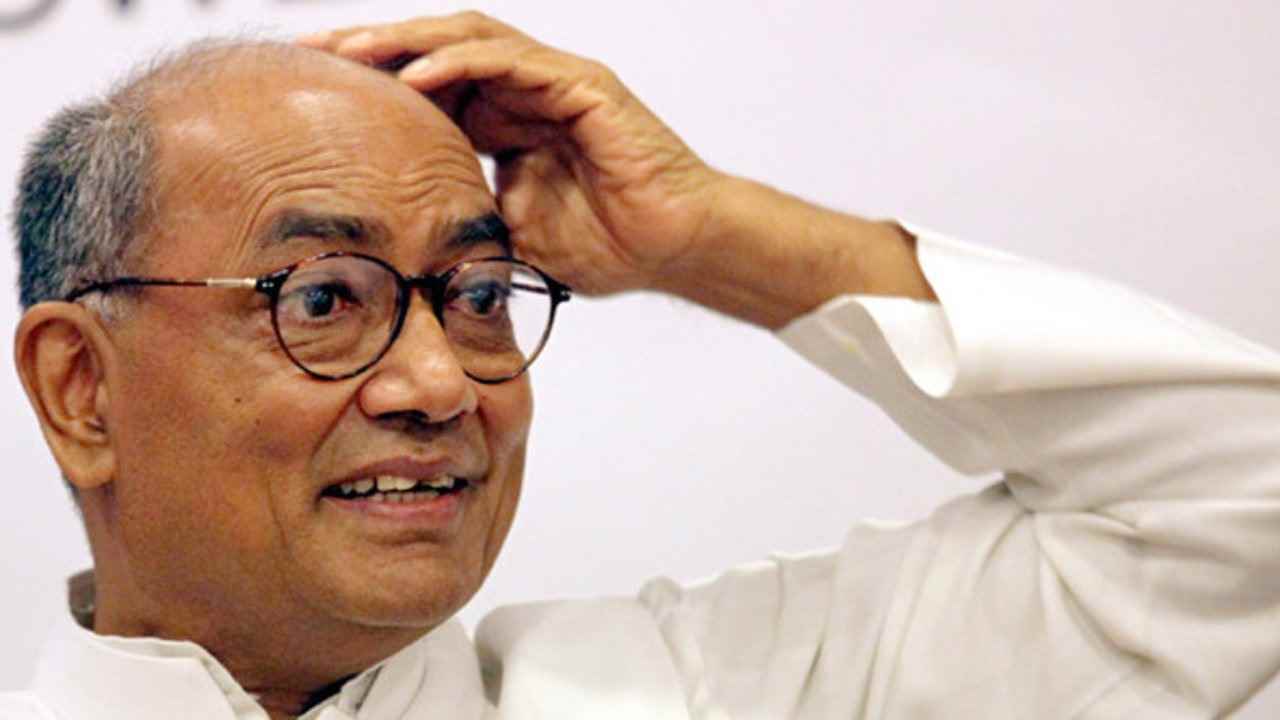

NCW serves notices to Amit Malviya, Digvijaya Singh, Swara Bhaskar for disclosing Hathras victim’s identity
-


UP BJP MLA: Rahul Gandhi’s got foreign mentality, dual character
Book reviews
Almost 10, Raisina Chronicles reveals the leaps and challenges of Raisina Dialogue, read review
Published
9 months agoon
March 20, 2025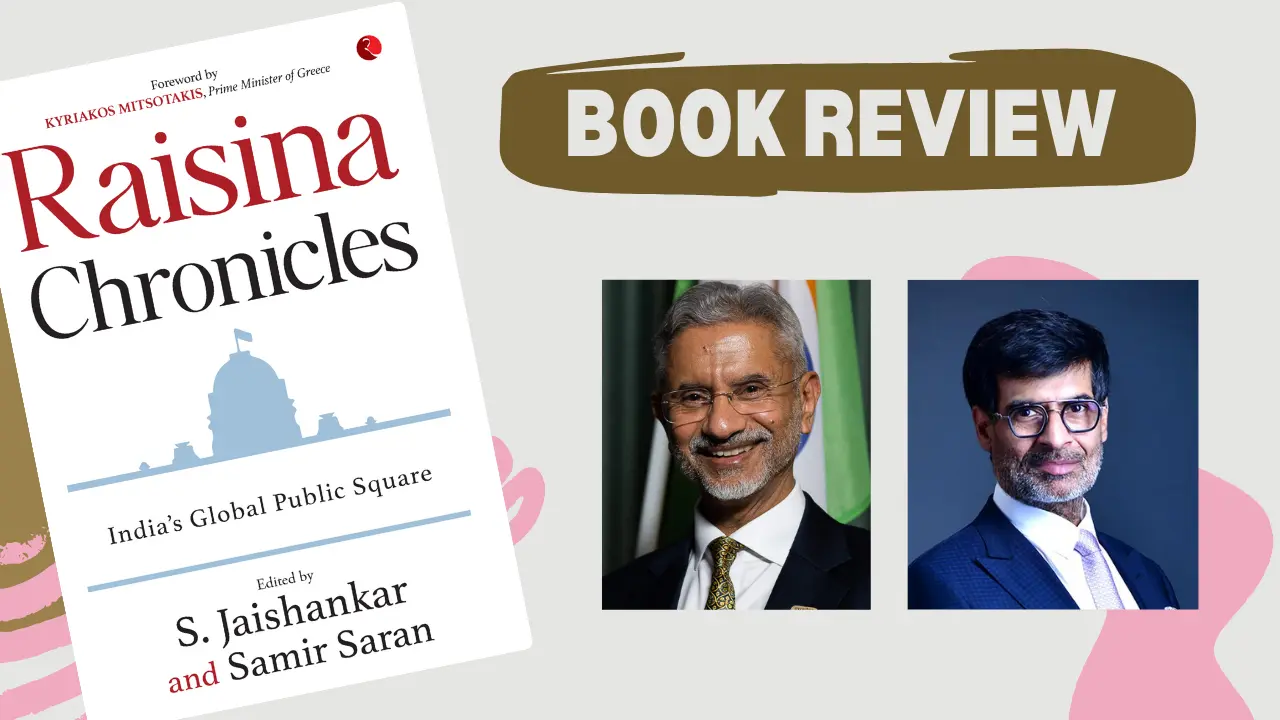
By Subodh Gargya
Raisina Chronicles is a book based on the Raisina Dialogue, a multilateral conference on global politics and economy, which has been held every year in New Delhi since 2016.
The programme is organized by the Ministry of External Affairs and the Observer Research Foundation (ORF).
External Affairs Minister S Jaishankar and ORF President Samir Saran have edited Raisina Chronicles, a book marking the completion of 10 years of the Raisina Dialogue. It explains how the Raisina Dialogue is a medium for countries to discuss challenges facing them led by India.
The Raisina Dialogue’s message highlights India’s growing influence in the world. The book is a bird’s-eye view of geo-political events in the last decade and the views of world leaders on them. The book includes speeches given by world leaders during the Raisina Dialogue.
The first section describes the changes in the global system. This includes the speeches of PM Modi and UN Secretary General António Guterres. The second section explains how countries around the world have come together on some things. The third section dwells on new opportunities for Europe in the Indo-Pacific region. The fourth section discusses security around the world while the fifth explains how Covid-19 has given countries an opportunity to think anew. The sixth section outlines a new perspective on development. In the seventh and final section, it focuses on India’s role and the contribution of the Raisina Dialogue.
The book shares PM Narendra Modi’s view that in today’s time, listening is more important than speaking. Every idea should be heard, thus dialogue is the food of life.
Apart from communication between countries, the editors of the book clarify that its purpose is also to work on differences as the platform respects diversity in ideas. Leaders, business, media, journalists and people from civil society participate in the Raisina Dialogue.
Book reviews
Walking On The Razor’s Edge: The path of the seeker
Published
1 year agoon
July 19, 2024
The Power of Karma Yoga by Gopi Chandra Das (Jaico Books) is an attempt to unravel the mystique of the Bhagavad Gita in the contemporary context. Is Lord Krishna’s counsel to Arjuna still relevant in today’s time and social space ? How can the timeless teachings of Lord Krishna be adopted by people struggling to cope with the stresses and challenges of modern life? Is there a key teaching which can be easily adopted by stress-torn people? These and many more questions are answered by the author in his easy-to-read style.
The basic premise is that the stress is a function of identity; identity with ego or with role-playing. We all play roles in life: in the family, the office and in the social sphere. These roles demand close identification and exact their cost by way of fear, frustration and failures.
The way out is to ease one’s sense of identity with one’s temporal roles. At the metaphysical level, it means keeping oneself in a detached state from one’s ego. This requires sustained spiritual discipline, but automatically yields to mental distancing with mundane roles as well. No wonder the Katha Upanishad compares the spiritual path to a razor’s edge.
Lord Krishna sought to instil this detached perspective in Arjuna by underlining the perishable nature of the body and the transitory nature of the world. However, the key is to strike a balance between total detachment and total attachment. The golden mean is attained by letting go with discrimination. If we detach too much, it will become difficult to perform our duties; if we cling too much, the material will become a millstone. The idea is to be in the world and yet not be of it. As the Persian saint Abu Said said, “To buy and sell and yet never forget God.”
Detachment, however, doesn’t mean irresponsibility. On the contrary, it means working with utter responsibility; with a sense that the job at hand is a moment to glorify the divine. It is not only work for work’s sake; work is taken up as a tool for self-realization. This is more deeply grasped if we acknowledge that the Gita is not only a handbook of divine knowledge or spiritualised action but essentially a guidepost for the man treading the path of enlightenment.
Sri Aurobindo says: “The Gita is not a weapon for dialectical warfare; it is a gate opening on the whole world of spiritual truth and experience, and the view it gives us embraces all the provinces of that supreme region. It maps out, but it does not cut up or build walls or hedges to confine our vision.”
Or as Paramahansa Yoganananda puts it: Gita sheds light on any point of life in which the devotee finds himself in.
Delving yet further, Gopinath explains in the book that letting go is made easy by the practice of apagriha, or being unattached to desires with conscious control on attachment-driven strivings. In the process, one’s motive gets transformed from want-driven to purpose-driven. The aim, at the highest level, being self-realization: the acme of spiritual strivings. For all material strivings ought to be in essence spititual strivings.
When we shift from want-driven to purpose-driven action, the need for personal validation ceases. In our quest for a spiritual-centric action mode, yagna plays an important role. The concept of yagna is transposed from a religious fire-rite to diurnal mundane acts in which personal motives are quenched. As the borderline between the spiritual and the material gets increasingly dissolved, the quest for enlightenment becomes the summum bonum of life.
The direction and blessings of a sadguru is also needed in this eternal quest for soul freedom. In the ultimate sense, the material life and its duties become a stepping stone for a higher life which man embraces to achieve the state of kaivalya. The book lucidly interweaves real-life stories with philosophical concepts, which make for interesting reading.
Entertainment
Justin Bieber shares unseen pictures from Anant Ambani and Radhika Merchant pre-wedding sangeet
Justin Bieber’s energetic performance on Friday was the highlight of the sangeet ceremony, which took place at the Nita Ambani Convention Centre in Bandra, Mumbai.
Published
1 year agoon
July 7, 2024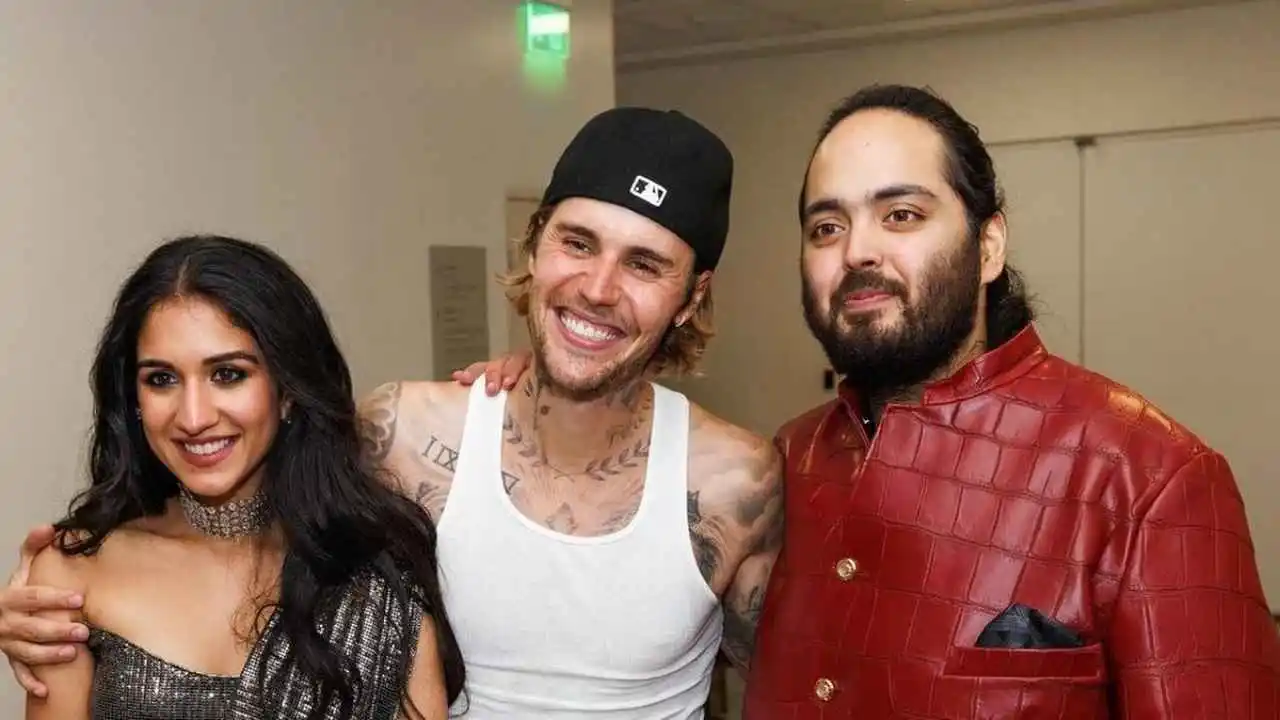
Global popstar Justin Bieber brought the energy at Anant Ambani and Radhika Ambani’s pre-wedding sangeet on July 5 in Mumbai. The soon to be married couple (wedding in July 12th) was spotted enjoying themselves as Bieber belted out his hits. While glimpses from the night went viral earlier, Bieber has now shared unseen photos and videos from his memorable trip to India.
The heartwarming pictures show Justin Bieber bonding with Anant Ambani and Radhika Merchant and their family. In one picture Justin stands with Anant and Radhika, all three dressed festively for the sangeet ceremony. Another photo captures a casual moment where Justin Bieber is seen chatting with Akash Ambani on a couch while Anant and Radhika are posing with him.
The group also posed for a larger picture that included Shloka Mehta and Anand Piramal. The final photos show Justin Bieber and Anant Ambani engaged in a friendly conversation, solidifying the warm atmosphere of the visit. Justin’s trip to India started on Friday morning with his arrival in Mumbai.
https://www.instagram.com/p/C9FvfWxIpQX
That night Bieber transformed the Jio Convention Centre into a party zone with his hit songs and celebrities like Salman Khan and Alia Bhatt grooved along with him. Videos circulating on social media show Justin Bieber dancing with Orry and receiving a hug from Alaviaa Jaffrey( daughter of Javed Jaffrey). According to reports Justin Bieber has been paid $10million for this special performance.
https://www.instagram.com/p/C9Fu5I5oxBm
Bieber’s energetic performance on Friday was the highlight of the sangeet ceremony, which took place at the Nita Ambani Convention Centre in Bandra, Mumbai. The singer made the guests groove on his songs Baby, Love Yourself, Peaches, Where Are You Now and Sorry. Bieber’s fresh off his triumphant return to the stage once again set the internet ablaze with his electrifying performance at Anant and Radhika’s sangeet ceremony.

Bangladeshi singer James’ concert cancelled after mob attack in Faridpur

BJP and Shiv Sena reach broad seat-sharing deal ahead of BMC elections

CBI moves Supreme Court against suspension of Kuldeep Sengar’s life sentence in Unnao rape case

Op Aaghat 3.0: Delhi police arrest over 280 accused ahead of New Year celebrations

Over 2,000 Maoists surrender under Chhattisgarh rehabilitation policy, says CM Vishnu Deo Sai

BJP and Shiv Sena reach broad seat-sharing deal ahead of BMC elections

Op Aaghat 3.0: Delhi police arrest over 280 accused ahead of New Year celebrations

Over 2,000 Maoists surrender under Chhattisgarh rehabilitation policy, says CM Vishnu Deo Sai

Bangladeshi singer James’ concert cancelled after mob attack in Faridpur

CBI moves Supreme Court against suspension of Kuldeep Sengar’s life sentence in Unnao rape case
Afghan Men Try To Hang With The Jet Engine Of The Aircraft in Kabul- Afghanistan News – Kabul News
Trending Top 10 News: 10000 Crore Fine on Flipkart, Apple to Launch Unique Feature, Hdfc Bank Job Ad
Trending Top 10 News: Nokia 6310, Apple sales, Bachpan ka Pyar Video Kid, Dainik Bhaskar IT Raid
Trending Top 10 News: Canada bans Indian flights, Rain in Delhi NCR, AIMIM Twitter hacked, Raj Kundra case
Trending Top 10 News: Shein India, Apple New Service, Pocket Oxygen, Oppo Launched New Phone
Trending
-

 India News22 hours ago
India News22 hours agoBangladeshi singer James’ concert cancelled after mob attack in Faridpur
-
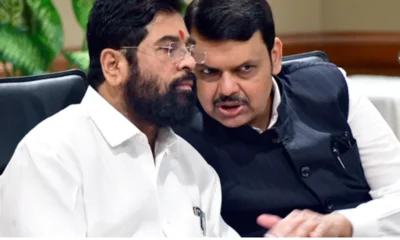
 India News19 hours ago
India News19 hours agoBJP and Shiv Sena reach broad seat-sharing deal ahead of BMC elections
-

 India News23 hours ago
India News23 hours agoCBI moves Supreme Court against suspension of Kuldeep Sengar’s life sentence in Unnao rape case
-

 India News22 hours ago
India News22 hours agoOp Aaghat 3.0: Delhi police arrest over 280 accused ahead of New Year celebrations
-

 India News22 hours ago
India News22 hours agoOver 2,000 Maoists surrender under Chhattisgarh rehabilitation policy, says CM Vishnu Deo Sai


